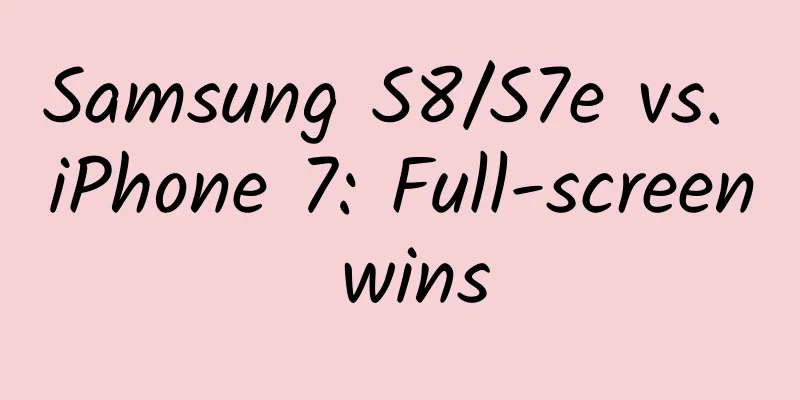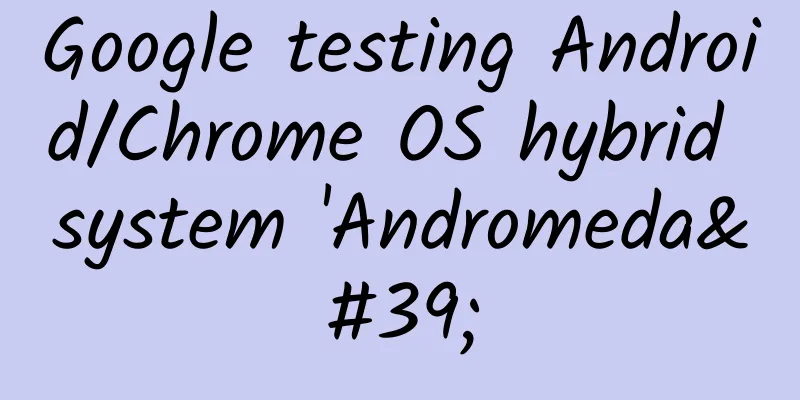iOS 10 will usher in HomeKit independent application. Will Apple still be the smart home disruptor?

|
In 2014, Google acquired Nest Labs for $3.2 billion. Some people commented that Apple would become the biggest loser in this round of mergers and acquisitions because it missed the opportunity to develop smart homes. Two years later, Nest was caught in a profit crisis, management chaos, and was even listed by Google as a potential sale. However, Apple introduced the HomeKit independent application in the new system iOS 10. With the setbacks of pioneers, the capital winter, and the impact of the VR wave, the popularity of smart home has declined significantly. If the HomeKit news is true, can Apple's move break the deadlock in the smart home industry? Leverage terminal advantages to expand consumer groups The latest data shows that the global smart home market is only worth more than 15 billion US dollars, and the average cost of a single household for smart home is as high as 1,500 US dollars. Based on this calculation, the global household penetration rate of smart home is only 0.77%. Relevant surveys show that the users of these products are mostly concentrated in technology practitioners or the general public. It can be seen that the penetration rate of smart home in the consumer market is still very low. In comparison, the number of Apple devices in the global market is several orders of magnitude higher. It is reported that the number of active Apple devices in the world has reached 1 billion. Considering the compatibility between the users of both parties, if this can be used as a channel for the promotion of smart products, the potential is considerable. Platform + application unified product standards Compared with two years ago, the abundance of products is one of the biggest advances in the smart home industry. However, the convenience users gain is not proportional to the number of smart home products used. One of the most important reasons is the fragmentation of products. Users of multiple smart home products will have this experience: every time they add a smart device, they need to install a separate application, learn a new set of usage methods, and even worse, they need to enable a different control terminal. These headache-inducing user experiences actually reflect the fragmentation problem of smart home products. The launch of the HomeKit platform started with the underlying standards, solving the problem of standardization of hardware products. The emergence of HomeKit independent applications has moved this unified structure from behind the scenes to the front stage, extending from the developer level to the user level. Will the use of content strategy to create hardware blockbusters appear here? Since the first batch of HomeKit smart home products were launched in 2015, the platform has aggregated more than ten different products, but Apple itself has not been involved in the development of hardware products. Nest has only launched three products: the smart thermostat Nest, the smoke alarm Protect, and the home camera Nest Cam. Although it also adopts the strategy of an open platform, the attention paid to Nest products is obviously not as high as that of HomeKit. In terms of smart home layout, Apple has adopted a content strategy similar to Apple Music, leveraging its user advantage to build a powerful platform for content providers. It does not appear as a producer, thus avoiding direct competition with partners and providing smart home manufacturers with a fairer opportunity. Just as we shouldn’t judge the future winners and losers based on the time of entry two years ago, we can’t judge the final outcome of the smart home war based on the failure of one party now. In general, the threshold for the industry’s explosion has not yet arrived: the platform has not yet been unified, the entrance is still uncertain, and the hot products have not yet appeared, leaving more opportunities for every player. As a winner of Toutiao's Qingyun Plan and Baijiahao's Bai+ Plan, the 2019 Baidu Digital Author of the Year, the Baijiahao's Most Popular Author in the Technology Field, the 2019 Sogou Technology and Culture Author, and the 2021 Baijiahao Quarterly Influential Creator, he has won many awards, including the 2013 Sohu Best Industry Media Person, the 2015 China New Media Entrepreneurship Competition Beijing Third Place, the 2015 Guangmang Experience Award, the 2015 China New Media Entrepreneurship Competition Finals Third Place, and the 2018 Baidu Dynamic Annual Powerful Celebrity. |
<<: Movies adapted from games = bad movies? Deep thoughts on movies adapted from games
>>: PwC: Drones will soon replace $127 billion in human labor
Recommend
Doujinbihuo Academy "Douyin Money-Making Account Revealed Course"
Through studying the course "The Secret of D...
This APP can automatically convert the operation video into an AR tutorial, teaching you how to repair furniture step by step
[[203491]] There are often such plots in novels o...
Super Fans Pass Advertising Steps
1. Overview of the Delivery Platform Super Fans L...
Some people wear short sleeves, some wear cotton coats. How should we dress randomly when the seasons change?
Whenever the seasons change, people's dressin...
What should I do if I have no experience and no one to guide me?
Some classmates left me a message asking, "I...
Featured recommendation: Detailed explanation of the use of xUtils framework
Introduction to xUtils xUtils was originally deri...
Apple releases iOS 9.3.6 and iOS 10.3.4 updates for retired devices
Apple has quietly released some updates for earli...
An activity operation plan that can attract thousands of fans!
Article introduction: This article mainly introdu...
Brand marketing planning basics
Think about two questions first. 1. What is a bra...
Can the human body be directly exposed to space?
With the development of aerospace technology, Chi...
From inorganic to organic, she is the pioneer of my country's environmental chemistry industry
There can be no room for falsehood in scientific ...
Practical knowledge on field marketing gained through spending hundreds of thousands of dollars in practice!
Startup companies have few resources, a shortage ...
Today I will teach you how to blow the biggest bubbles in the world
I believe most people have played the game of blo...
Can the "dragon" and "phoenix" "combine"? The first dragon in Fujian with "bird wings" fills the gap of 30 million years!
On the 27th, it's time to kill the rooster! C...
Cold air is coming again! During the May Day holiday, there may be sandstorms in these places
The May Day holiday is coming soon Are you a litt...









